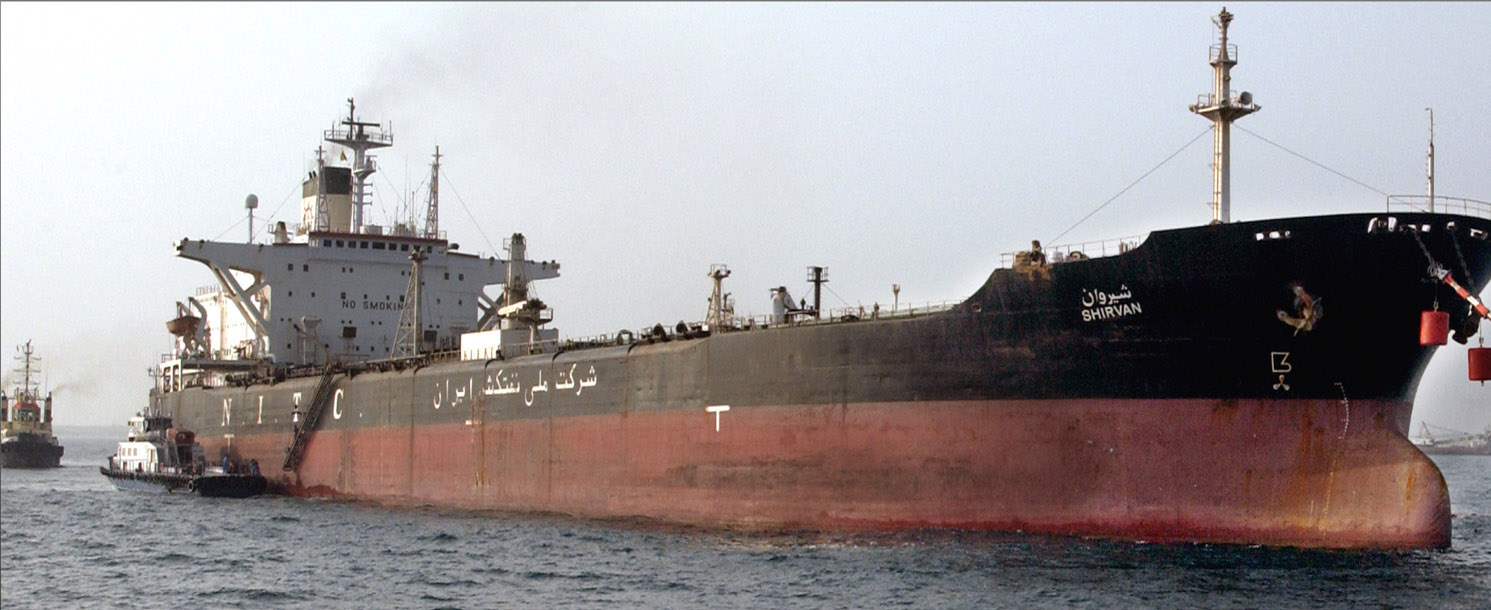In line with policies to expand oil markets in Southeast Asia, an Iranian tanker is on its way to Indonesia’s Cilacap Port to unload its crude oil cargo, the first Iranian vessel to sail to the Southeast Asian nation after Iran signed the nuclear deal with world powers.
According to Shana, the vessel, owned by the National Iranian Tanker Company, left Kharg Oil Terminal in the Persian Gulf early February and is scheduled to arrive in Indonesia on February 19.
Reportedly, this is the first Iranian crude carrier to berth in the Asian country after international sanctions on Iran became history.
Although Indonesia has never been a lucrative market for Iran’s oil, selling such cargos can help the country penetrate into new markets.
Dwi Soetjipto, Indonesia’s state-owned oil firm Pertamina chief executive, had already announced that 1 million barrels of Iranian crude oil will be delivered to the company in the first quarter of 2017.
“We will try to bring in for the Cilacap refinery about 1 million barrels for experiment. When we know the result ... we could negotiate for the long term,” Soetjipto said last month.
Concurrent with Indonesia’s intake of its first Iranian oil cargo since sanctions against Tehran were lifted, Tehran and Jakarta are engaged in negotiations to invest in joint upstream and downstream projects
National Iranian Oil Company and Pertamina signed a nondisclosure agreement in August 2016 under which, Pertamina has six months to survey Iran’s onshore Abteymour and Mansouri oilfields.
According to speaker of Indonesia’s People’s Consultative Assembly, Zulkifli Hasan, Indonesia is willing to play an active role in Iran’s upstream oil and gas industry development projects, known as exploration and production.
Reportedly, Pertamina received the first shipment of liquefied petroleum gas from NIOC on September 29. The cargo was 44,000 tons of LPG that had been transported from Iran’s Asalouyeh energy zone in mid-September.
According to the company’s Senior Vice President for Integrated Supply Chain Daniel Purba, Pertamina needs LPG supply from Iran to meet high demand for the commodity. The two sides signed an agreement last August that covers LPG sales for 2016 and 2017.
The two sides have also reached a preliminary agreement to build an ultra-heavy crude refinery, worth $8.4 billion, on Java Island off Indonesia with the help of an unnamed Chinese bank, along with a European bank that will handle part of the financing.
To expand its crude export markets, Iran has been pushing to build or own refineries overseas, including in South Africa and Brazil, which would only process Iranian crude.
Naphtha, Bitumen Exports
The second naphtha cargo produced in the Persian Gulf Star Refinery in the southern Hormozgan Province, will arrive in Japan by the end of the week.
According to Shana, the 280,000-barrel cargo left Iran on January 20 and is scheduled to be unloaded in Japan in less than a week.
Reportedly, the first naphtha cargo produced in the same complex was exported to the UAE by the National Iranian Oil Company.
According to Mohammad Hassan Peyvandi, managing director of Tamin Petroleum & Petrochemical Investment Company, a 37,000-ton bitumen cargo, worth $11.5 million, was exported to Malaysia and Singapore.
Reportedly, it has been the biggest bitumen cargo exported from Iran since the international sanctions were terminated.
Data issued by Lloyd’s List, one of the world’s oldest continuously running journals that provides weekly shipping news in London, shows that Iran’s crude and condensate exports in January declined to 2.09 million barrels per day. Exports rose to as high as 2.51 million bpd last September.


